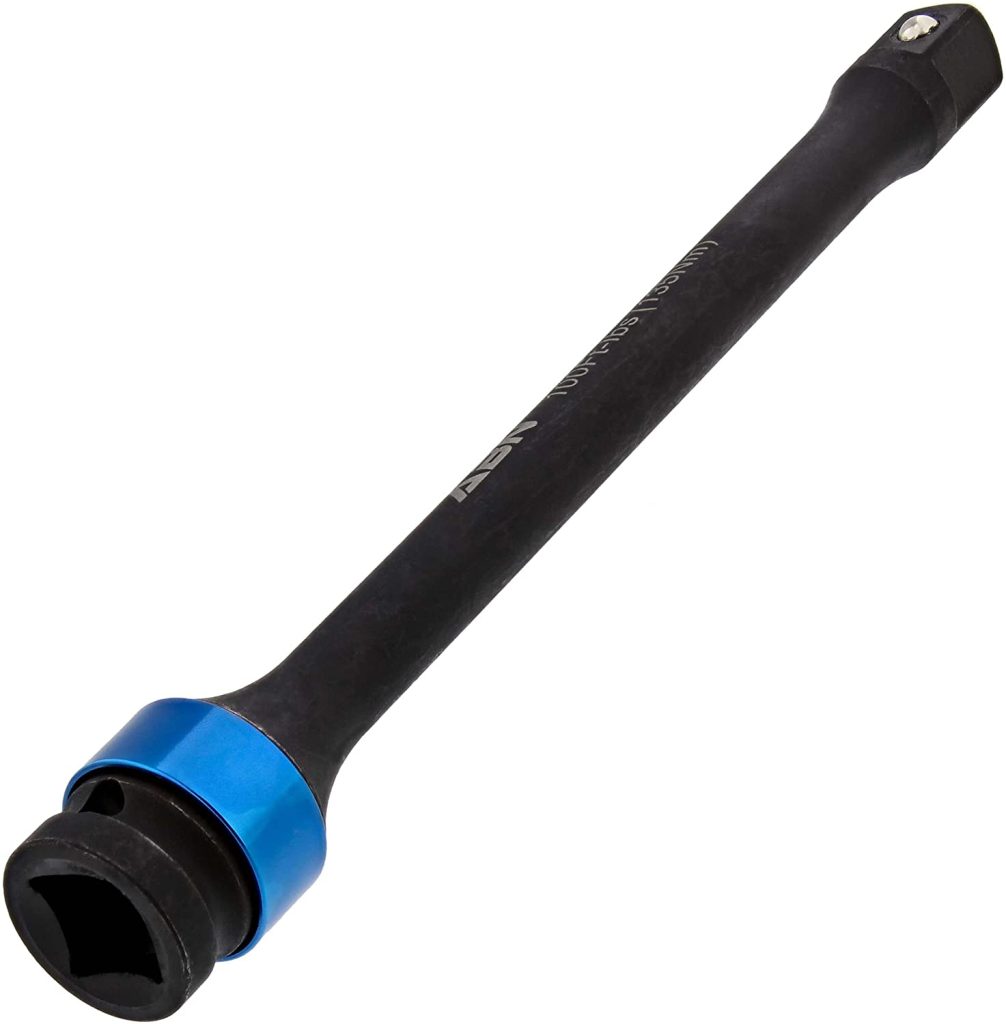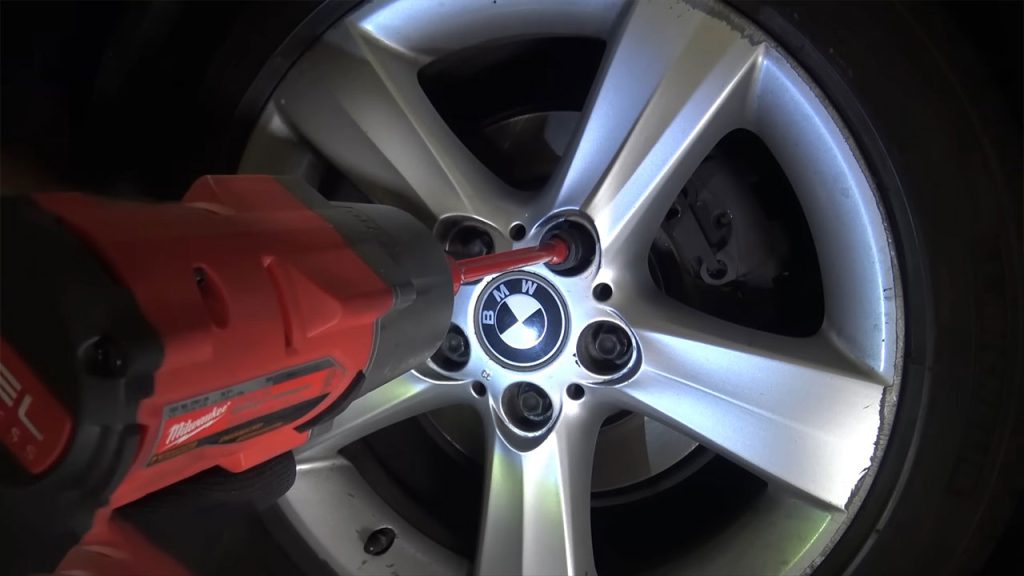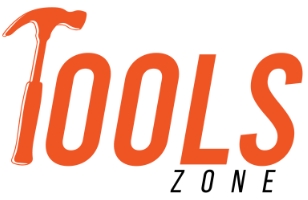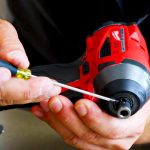A torque stick is one of the most useful tools that every mechanic should have in their arsenal. With the help of a good old wrench and a high-quality torque stick, you can more effectively and efficiently tighten tire nuts. Although many traditional mechanics use their hands to create the torque on their wrench, usually, that is not enough to meet the lug nut torque requirements.
A torque stick works by flexing under the load. When you use it with an impact wrench and it reaches a certain flex point, the stick will stop applying torque and absorb the impact. If you can properly use it, it will improve your work speed and precision while also making the process convenient.
If you are interested to learn more about this handy tool, you are at the right place. Today, we will explain how a torque stick works, its benefits, how to use one, and how to find one for yourself. Let’s get started!
What Is a Torque Stick?
Torque sticks are also known as torque bars. A torque stick is viewed as an extension of an impact wrench, and this stick is used to prevent over-torquing the wheel nuts. Torque sticks are available at a range of torque limits.
Whereas you can tighten lug nuts using only an impact wrench and your hands, using a torque stick will make the work more efficient, effective, convenient, and accurate.

What Are The Benefits of Using a Torque Stick?
Automotive repair experts recommend every mechanic use a torque stick with their impact wrench when tightening wheel nuts. By using a torque stick properly, you can increase the speed and precision of your work while also making the process convenient.
A torque stick significantly increases the accuracy of your job. Safety is the biggest concern when it comes to tightening wheel nuts. Therefore, you always need to double-check the torque setting of your impact wrench. And with a good-quality torque stick, you can easily implement the accurate torque level.
When it comes to speed, a torque stick can equip you with the biggest advantage. It is extremely quick to use. It helps you to speed up tightening any lug nut without compromising safety. Moreover, since torque stick sets are color-coded, you will not have to worry about wasting time when finding the right one for the right job.
The neat and color-coded organization of a torque stick set also makes your work more convenient. The conventional lug nut tightening process sometimes requires you to stop and check the torque multiple times or change tools. It interrupts your workflow. But with a high-quality torque set, you can complete the entire process uninterrupted.
How Does A Torque Stick Work?
As we have mentioned earlier – “A torque stick works with an impact wrench to prevent over-torquing the wheel lug nuts. It works on a torsion theory in which it flexes and stops applying torque when a certain flex point is reached. In other words, a torque stick works as a shock absorber.”
Before further discussing how a torque stick works, let’s resharpen our concept of how an impact wrench works with lug nuts. You need to tighten them strongly enough so that they cannot move under the load of the machine they are a part of. On the other hand, over-torquing can stretch and weaken the nuts and damage the wheels, which can cause horrible accidents. Therefore, you will need to apply the optimal level of torque.
Another point to consider here is removing the nuts. As they are installed immobile on the wheel, you will need a powerful impact wrench or an ordinary socket wrench with a breaker bar to set a lug nut free. When you use an impact wrench, it applies multiple sharp bursts to a lug nut to loosen it.
As it does not apply continual slow push, this method is significantly more effective in breaking the corrosion and debris that can block a lug nut. Moreover, as impact wrenches are motorized, you do not have to use physical strength, which reduces strain on your hands and body. However, this also increases the chance of putting too much force and torque that can damage the nuts and wheels.
Here a torque stick comes in handy. Made of sprung metals, a torque stick can twist to a certain degree when being used against a lug nut. This twisting action can absorb the force your impact wrench is transferring to the lug nut. As a result, the socket will work with the nut’s plane without compromising its integrity. This works both for installing and removing a lug nut.
How to Use a Torque Stick?
To properly use a torque stick for installing a lug nut, follow the steps below.
- Identify the wheel torque of the vehicle from its manual
- Pick a torque stick that has 20% lower torque than the stated wheel torque
- Calibrate the settings of your impact wrench
- Attach the torque stick and a proper socket to the impact wrench
- Start torquing a nut with quick taps like hammering
- Continue until the nut is tightened
- Start working with another wheel nut directly opposite from the previous one
- Keep following this star pattern until all nuts are tightened
- Calibrate the settings of your torque wrench
- Finish the tightening process by following the same star pattern with the torque wrench

What to Consider Before Buying a Good Torque Stick?
Now that you understand how a torque stick works, you may want to invest in a set. There are tons of options available on the market to choose from, and you have to consider five factors before picking the right set. These factors include fastener size, torque settings, accuracy ratings, organization, and carrying case.
We recommend finding a torque stick set with universal fittings so that you won’t have to buy multiple fastener sizes for different projects. Next, get a set that covers most of the torque settings your projects usually require. Most sets include 65, 80, 100, 120, and 140 foot pounds. After that, check the users’ reviews to determine your chosen set’s accuracy level before investing in it. Finally, make sure you get a strong and convenient carrying case with the set where the torque sticks are neatly organized, color-coded, and engraved with the correct torque values.










Leave a Comment